If you want to see Guillermo del Toro’s no-expense-spared adaptation of Mary Shelley’s Frankenstein this Halloween, you’ll have to hope that you’re living in a major city with an arthouse cinema. That is because, as part of the Faustian deal that Netflix strikes with the filmmakers whom it gives blank checks to realize their dream projects, the pictures that they make get only the most token of cinematic releases before they are sent onto the streaming service, there to become part of the algorithm for all eternity. This has been the fate – albeit one willingly entered into – that has befallen films from the likes of David Fincher, Kathryn Bigelow and Martin Scorsese, but somehow it’s all the more depressing in the case of Frankenstein, del Toro’s passion project of many decades standing. If ever a film not only deserved but positively needed to be seen on the big screen, it’s this one.
Del Toro has adapted the famous Gothic novel with a reasonable degree of fidelity, but he has also brought in aspects of the famous Universal Studios pictures from the early Thirties, Frankenstein and its superior sequel Bride of Frankenstein. While he retains the basic structure and characterisation of Shelley’s original, concerning a scientist who creates life but at a terrible cost, there are new characters – enter Christoph Waltz’s apparently charming arms dealer Harlander, who offers to fund Victor Frankenstein’s research into creating life, at a price – and a more redemptive approach towards Jacob Elordi’s Creature. Here, he is portrayed less as a murderous brute and more as a noble savage, coming to terms with both his immortality (a del Toro addition that works well) and his cursed status.
Yet ultimately this is a well-trodden story that is told straight, without any attempts to make the saga seem “relevant” or “contemporary”. Oscar Isaac’s Byronic Victor is a dashing hero in the first half, told from his perspective, and a snivelling villain in the second, told from that of the Creature. He is undeniably a scientific pioneer, but also arrogant and lecherous; del Toro sensibly switches Mia Goth’s character of Elizabeth from being Victor’s betrothed to that of his younger brother William’s fiancée, thereby creating a love triangle of sorts which is only complicated when Elordi’s (surprisingly hot) Creature also forms a tendresse for her. This, naturally, enables del Toro to recreate his usual Beauty and the Beast themes, as last seen to Oscar-winning effect in The Shape of Water.
If one wished to criticise the film, it feels its length at two and a half hours (this is where streaming may win out, as there’s an obvious midway point for a break) and, for a film supposedly billed as horror, it isn’t remotely frightening. The Creature is pitiable and noble rather than terrifying, and although there are several instances of creative throat-ripping gore – a del Toro specialty – this is less an exercise in shock tactics than it is a mournful examination of man’s overreach, complete with allusions to Paradise Lost and “Ozymandias”. The latter, of course, was written by Shelley’s husband Percy Bysshe, thereby providing a nice literary Easter egg for those so inclined.
I did miss the intellectual cut and thrust that was found on stage between Benedict Cumberbatch and Jonny Lee Miller in Nick Dear’s 2011 play, in which Frankenstein was presented as a Faustus-esque truth-seeker and the Creature took on aspects of Milton’s Satan. Yet set against this is del Toro’s signature lush costume and production design (Kate Hawley and Tamara Deverell both deserve Oscars), to-die-for cinematography by Dan Laustsen and a beautifully evoked sense of Gothic romance.
This has been del Toro’s most eagerly awaited film for years, and after the relative disappointment of Crimson Peak, it proves that this kind of rapturous, beautiful cinema is not yet dead. So, this Halloween, give yourself a treat, rather than a trick, and get to the nearest place showing Frankenstein. There, you can wallow in its aesthetic glories, and breathe a sigh of relief that Netflix, for all its faults, is still bankrolling work as individual and striking as this.



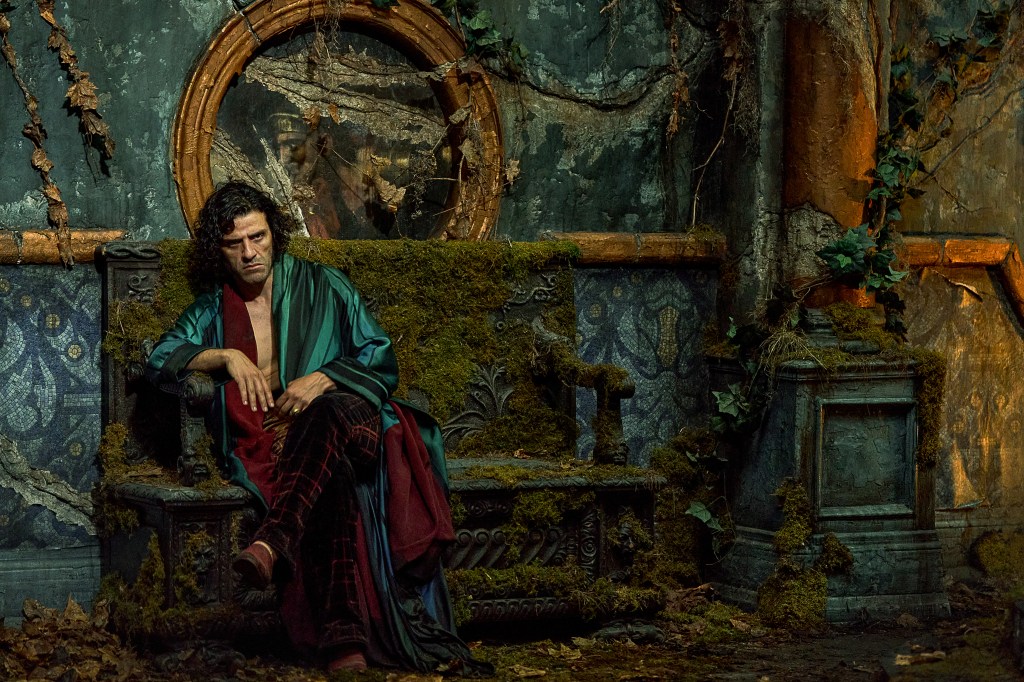







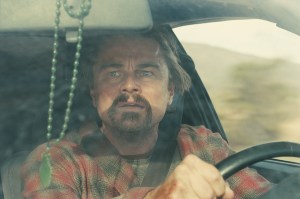

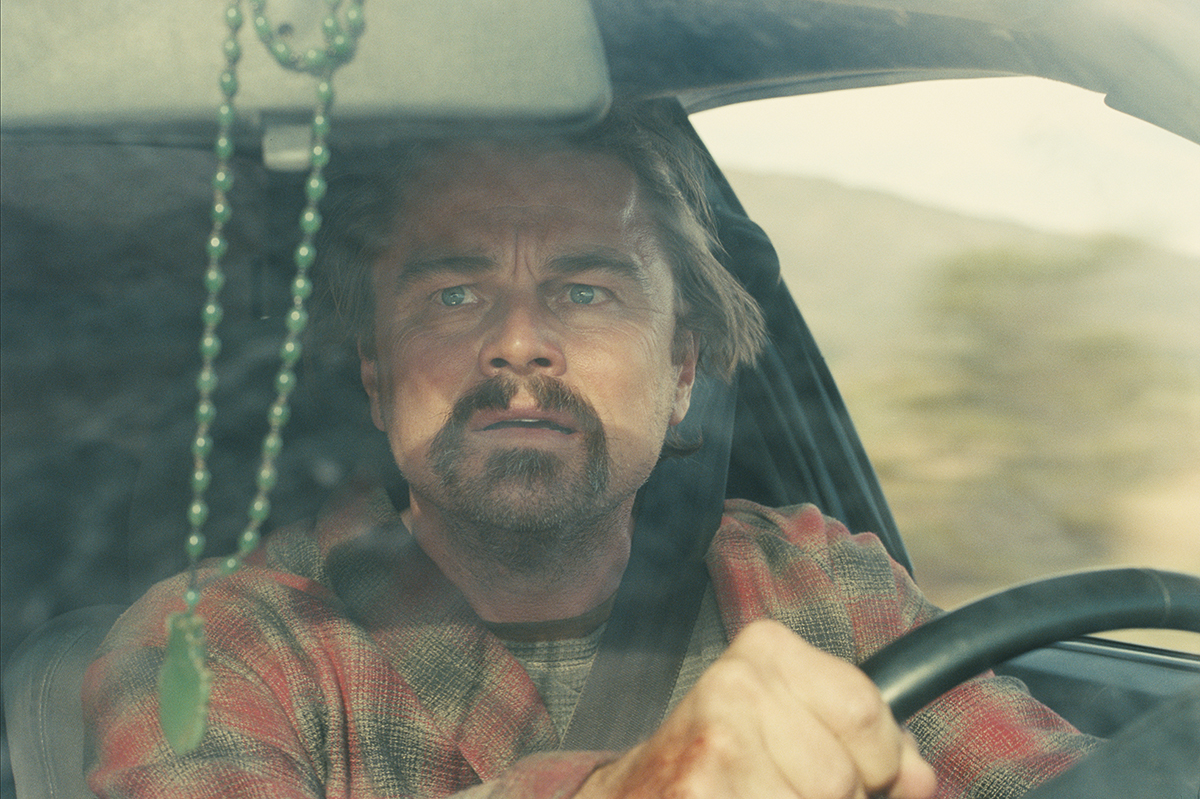



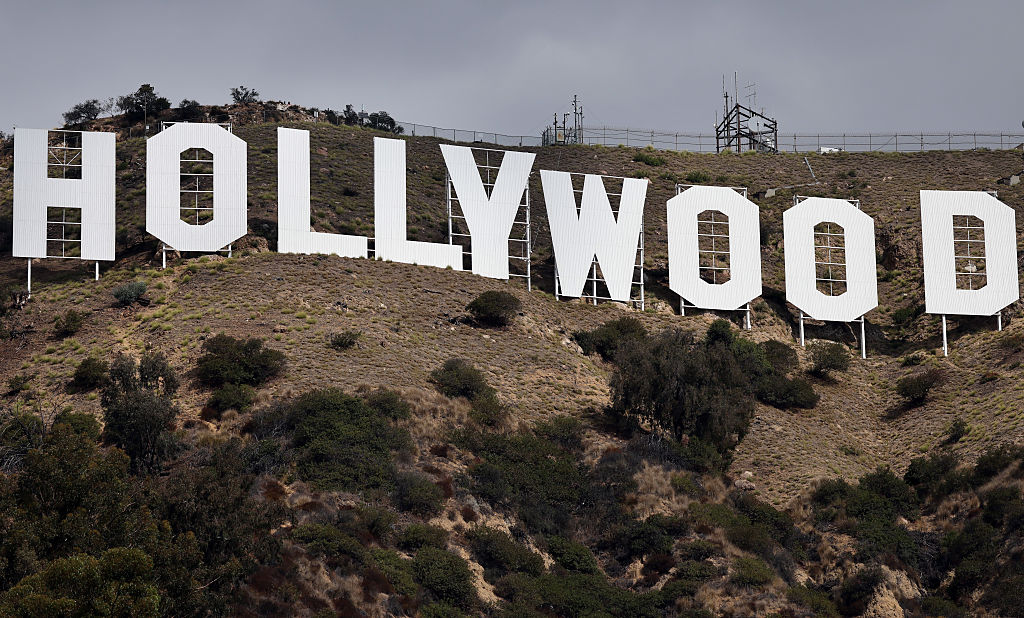
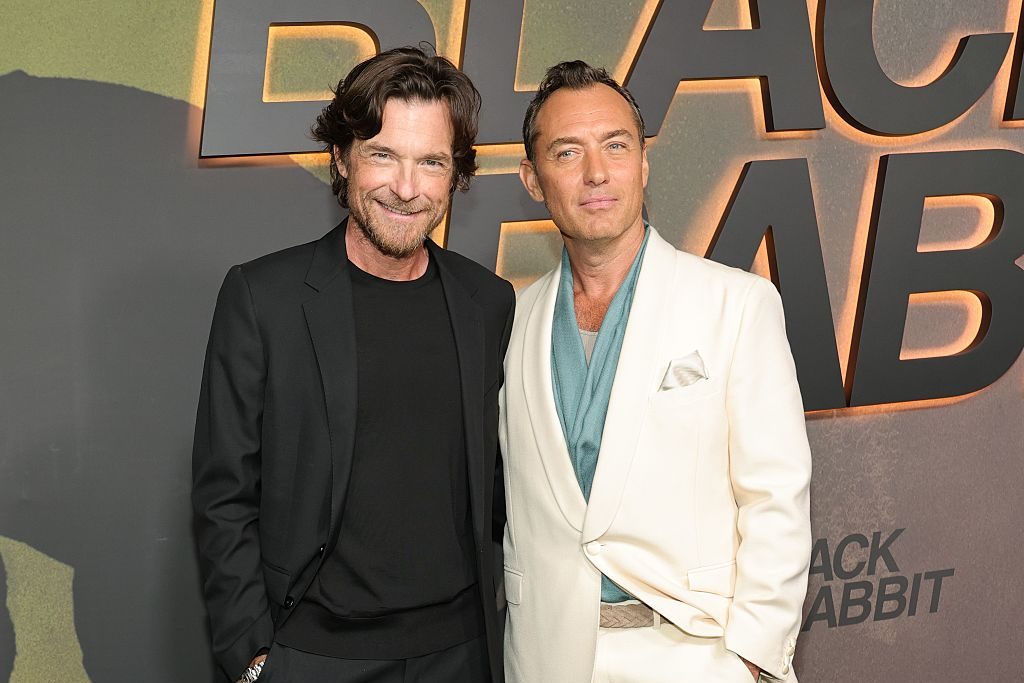







Leave a Reply